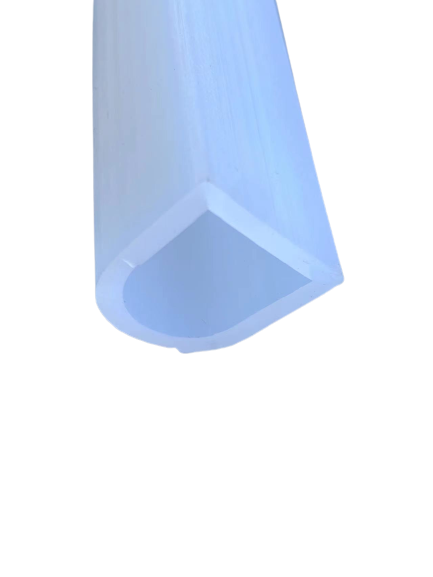ডিসে. . 07, 2024 09:46 Back to list
Effective Weather Stripping Solutions for Sliding Door Bottoms to Enhance Energy Efficiency
Enhancing Your Home with Weather Stripping for Sliding Doors
Weather stripping is an essential yet often overlooked element in home insulation and energy efficiency. Particularly for sliding doors, which may provide aesthetic appeal and natural light, proper weather stripping at the bottom is crucial in preventing drafts, moisture intrusion, and energy loss. This article explores the importance of weather stripping for sliding doors, the different types available, and the installation process.
The Importance of Weather Stripping
Weather stripping acts as a seal that fills the gaps between sliding doors and their frames. Over time, as homes settle and materials age, these gaps can become pronounced, leading to various issues.
1. Energy Efficiency One of the most significant benefits of weather stripping is its impact on energy costs. According to ENERGY STAR, roughly 30% of a home's heating energy can escape through drafts. By sealing the bottom of sliding doors, homeowners can reduce heating and cooling expenses and make their home more comfortable.
2. Moisture Control In areas with high humidity or precipitation, water intrusion can lead to mold growth, wood rot, and substantial damage. Proper weather stripping serves as a barrier against water, preventing moisture from seeping in and maintaining a dry interior environment.
3. Noise Reduction Sound can travel through gaps in your home as easily as air. Weather stripping not only blocks airflow but also helps reduce external noise, creating a quieter, more peaceful living space.
4. Pest Prevention Gaps at the bottom of sliding doors can serve as entry points for insects and rodents. By ensuring a tight seal, homeowners can deter pests from invading their living spaces.
Types of Weather Stripping for Sliding Doors
There are various types of weather stripping available that can be applied to the bottom of sliding doors, each suited for different situations and preferences.
1. V-Seal Weather Stripping A flexible, durable material that forms a V shape. It is effective for sealing the edges of sliding doors and is ideal for those who need a tight fit.
2. Foam Tape Soft and easily compressible, foam tape can fill uneven gaps effectively. It is simple to install and provides a good thermal barrier but may need replacing more frequently than other materials.
weather stripping sliding door bottom

3. Rubber Gasket Known for its durability and resistance to extreme weather conditions, rubber gaskets create a tight seal. They are often used in commercial settings, but many homeowners are now opting for them as well.
4. Magnetic Weather Stripping Similar to refrigerator seals, magnetic weather stripping provides a snug fit and can be more convenient since it easily aligns with the sliding door’s frame.
Installation Process
Installing weather stripping on the bottom of your sliding door is a straightforward DIY project that can deliver significant benefits. Here’s a simple step-by-step guide
1. Measure the Door Use a tape measure to determine the length of the sliding door and the amount of weather stripping required.
2. Choose Your Material Based on the type of weather stripping that fits your needs and door frame, select the appropriate material.
3. Clean the Surface Ensure that the bottom of the door and its frame are clean and free from dust and debris. This step is essential for ensuring proper adhesion.
4. Cut the Weather Stripping Cut your chosen weather stripping material to the appropriate length based on your measurements.
5. Apply the Weather Stripping If using adhesive weather stripping, carefully peel off the backing and press it firmly along the bottom of the sliding door. For other types, follow the manufacturer's guidance for installation.
6. Test for Gaps After installation, close the sliding door and check for any gaps or areas where air can escape. Adjust or add additional strips if necessary.
Conclusion
Weather stripping the bottom of your sliding door is a small investment that yields significant returns in energy efficiency, comfort, and home protection. Whether you are sealing against drafts, moisture, or unwanted pests, proper weather stripping is an essential part of home maintenance. By choosing the right materials and following simple installation steps, you can enhance your living space effectively. Don't overlook this important aspect of home improvement—start weather stripping your sliding doors today for a more energy-efficient and comfortable home.




